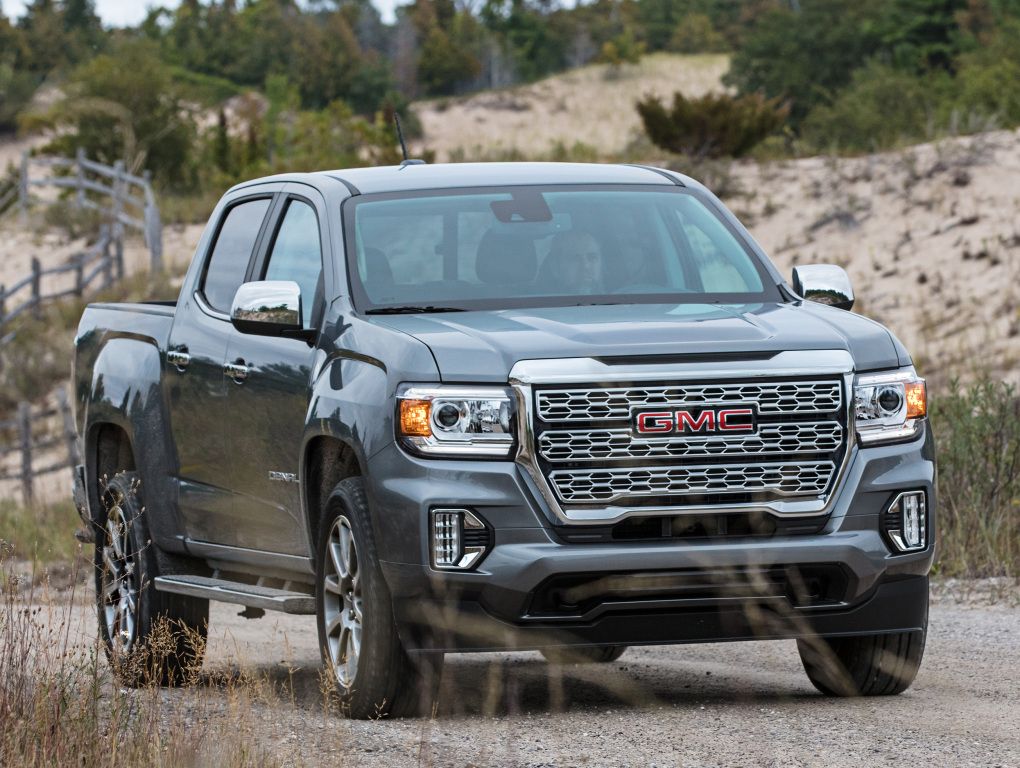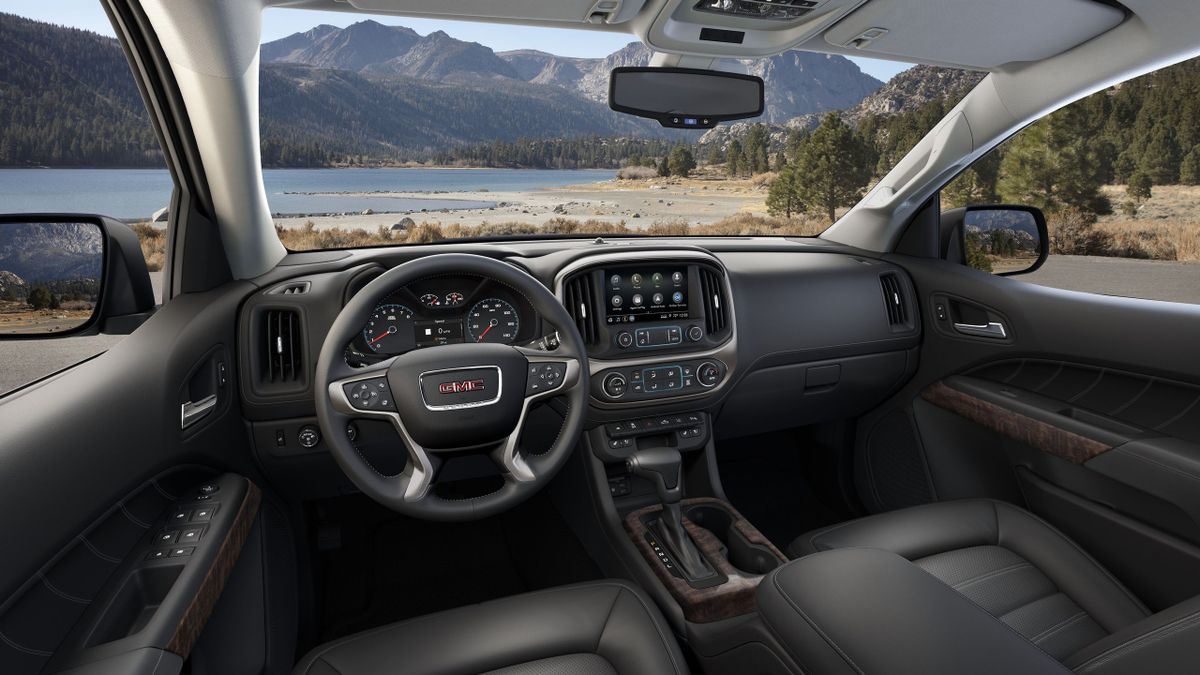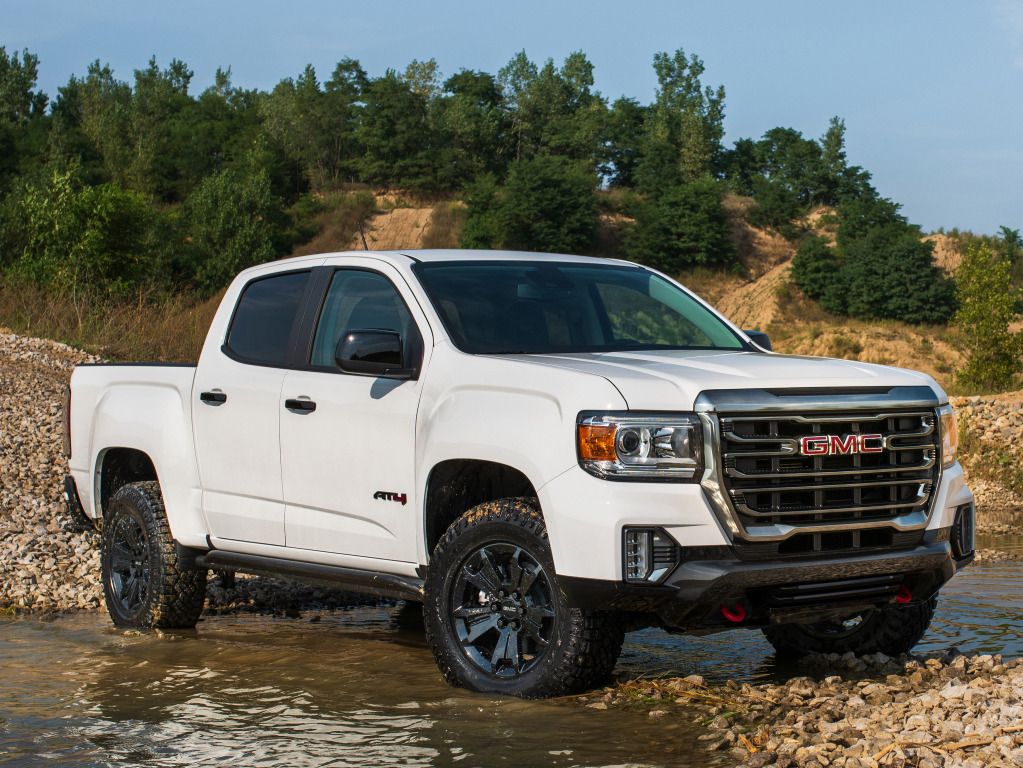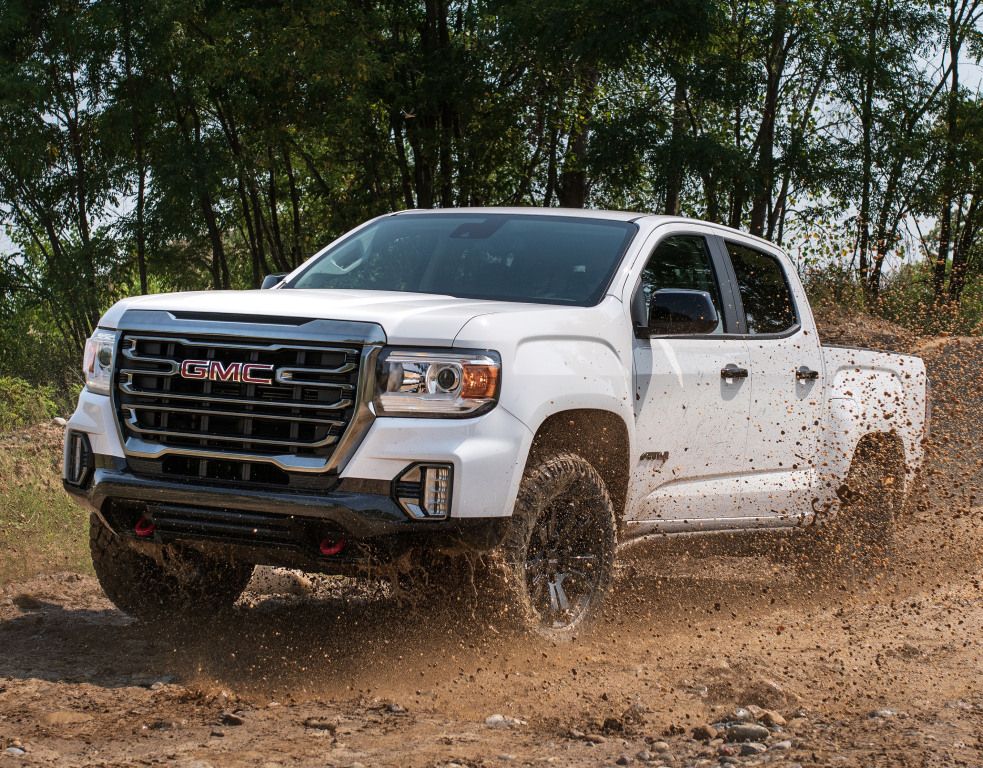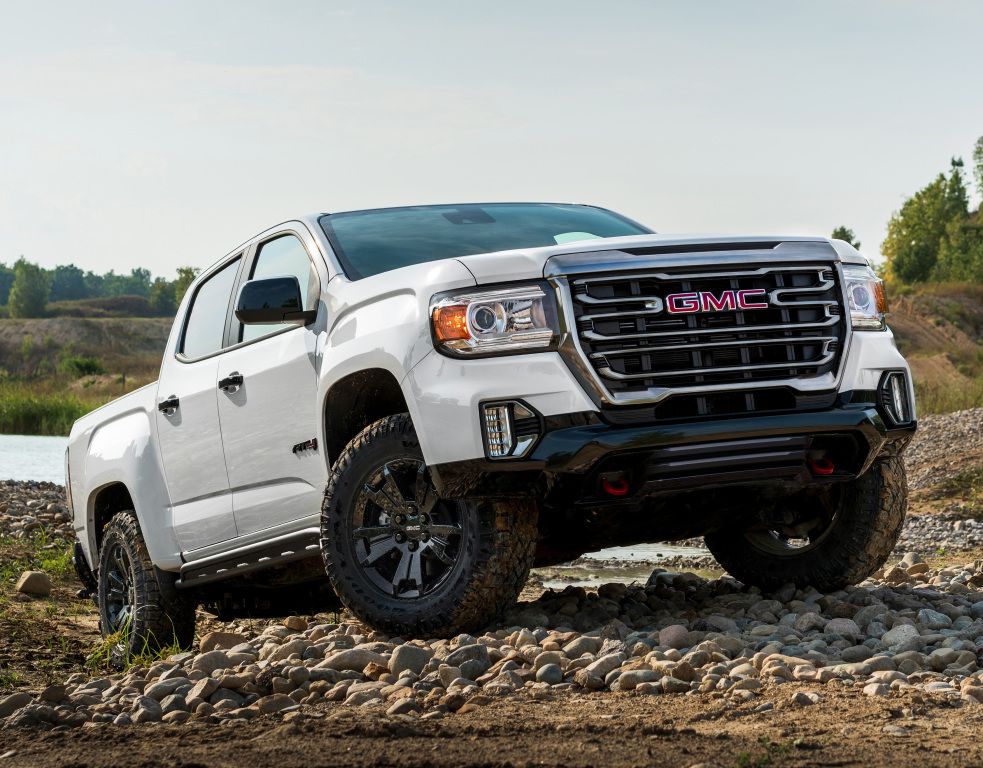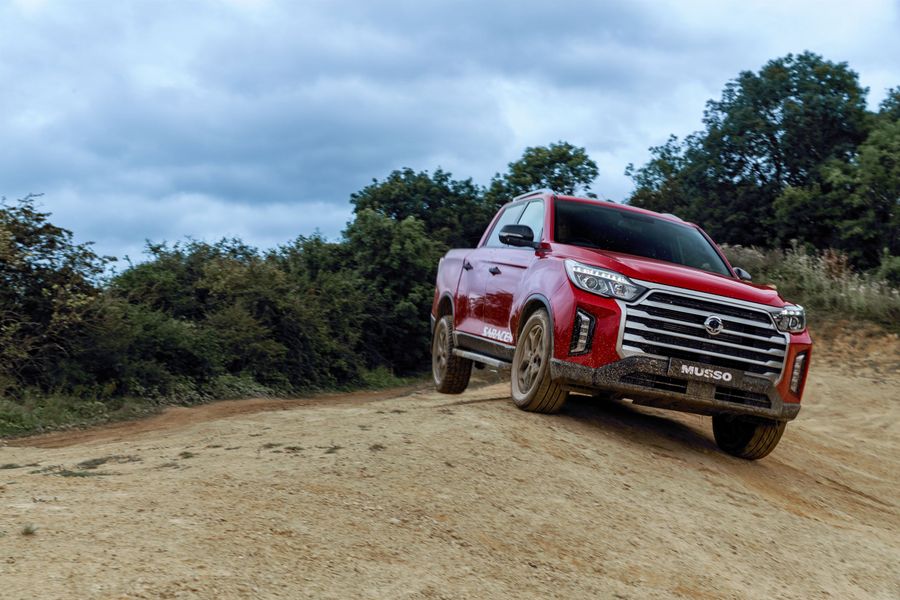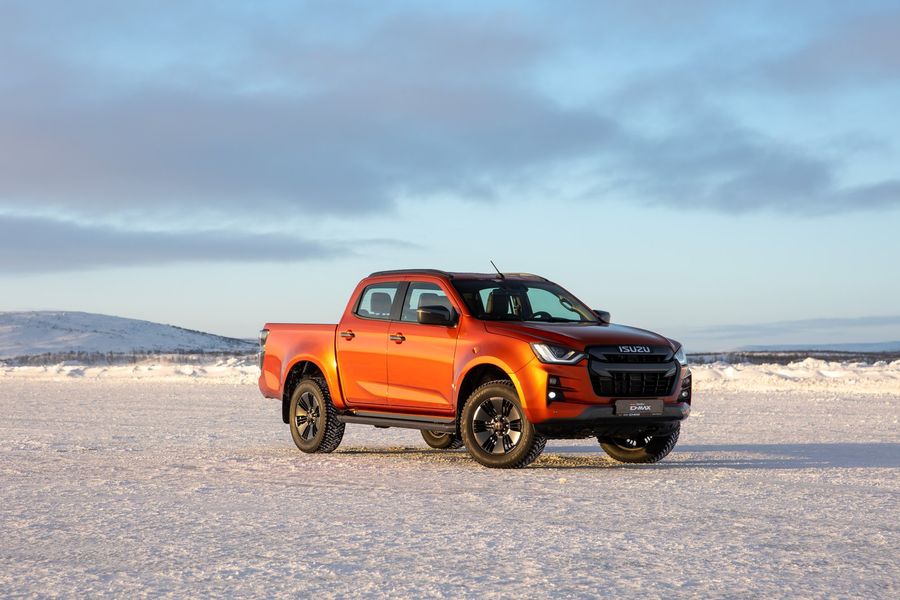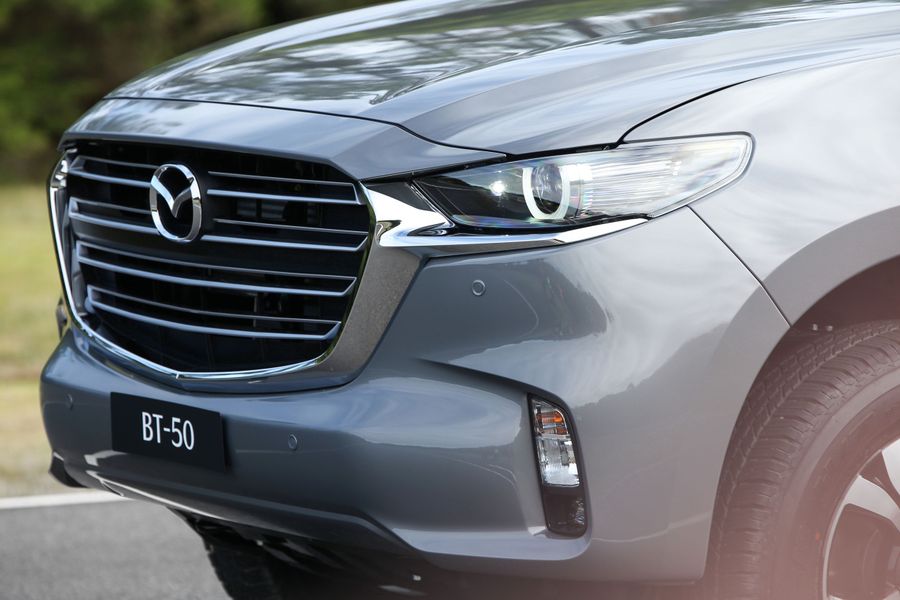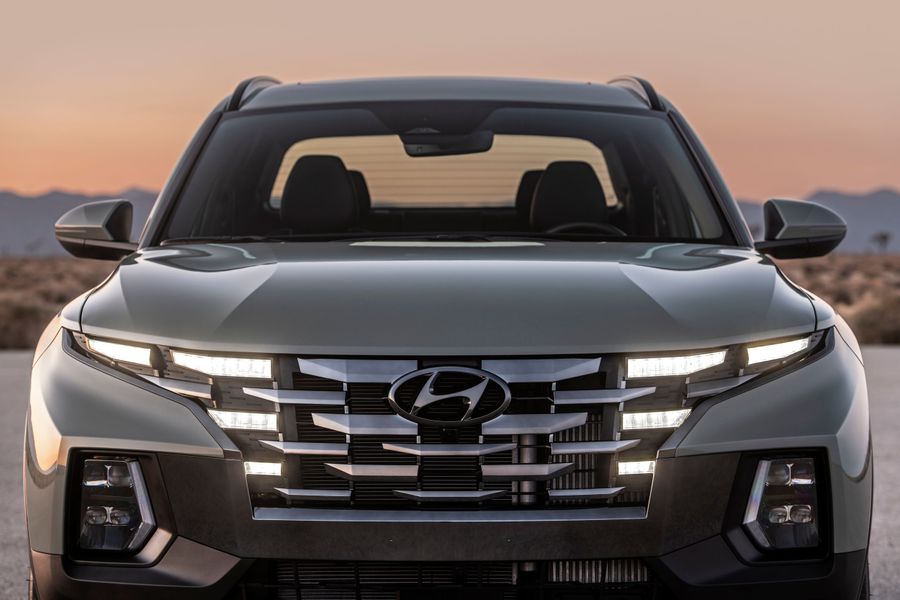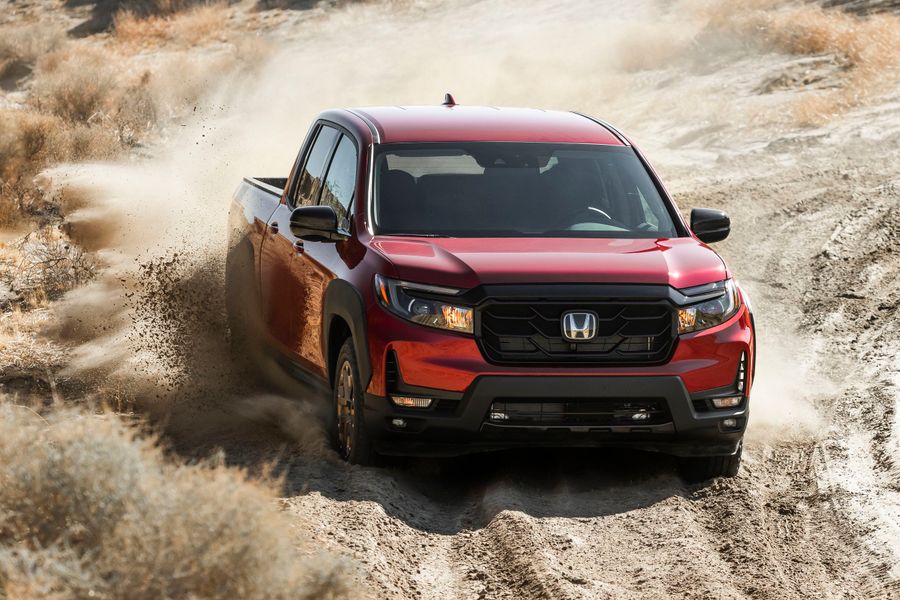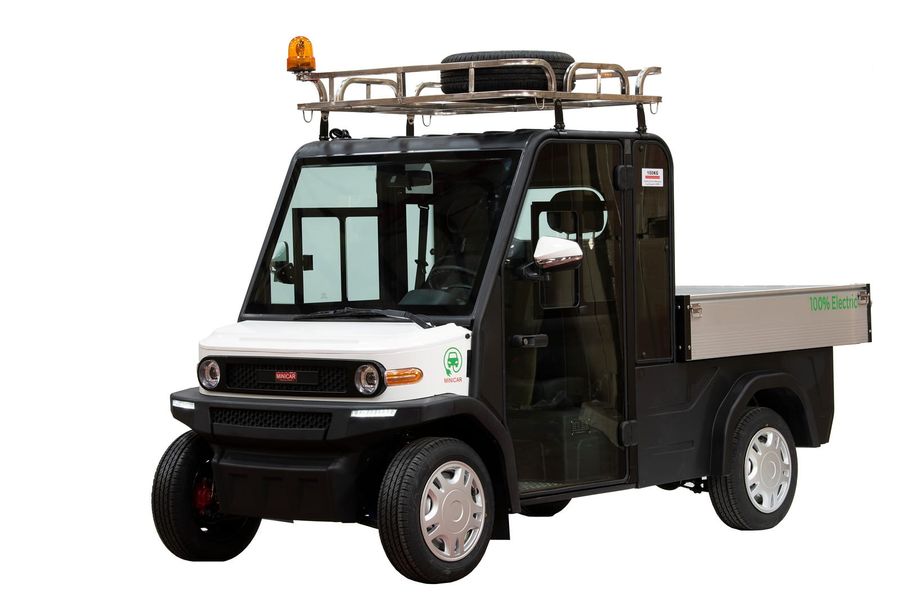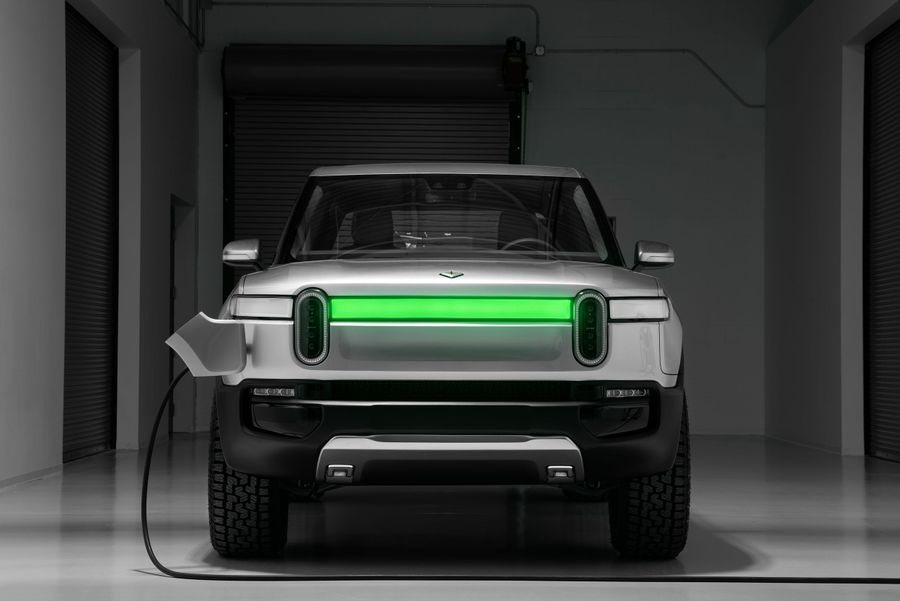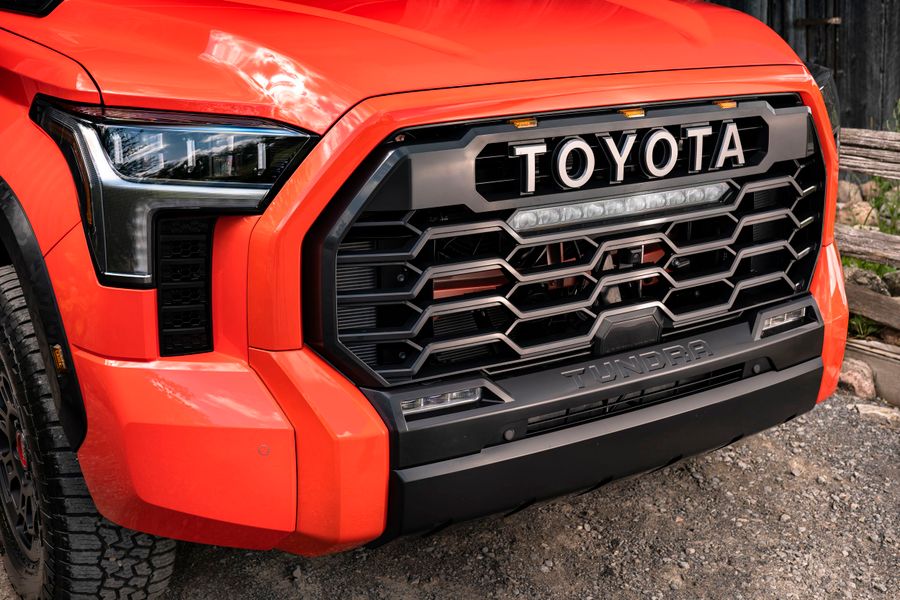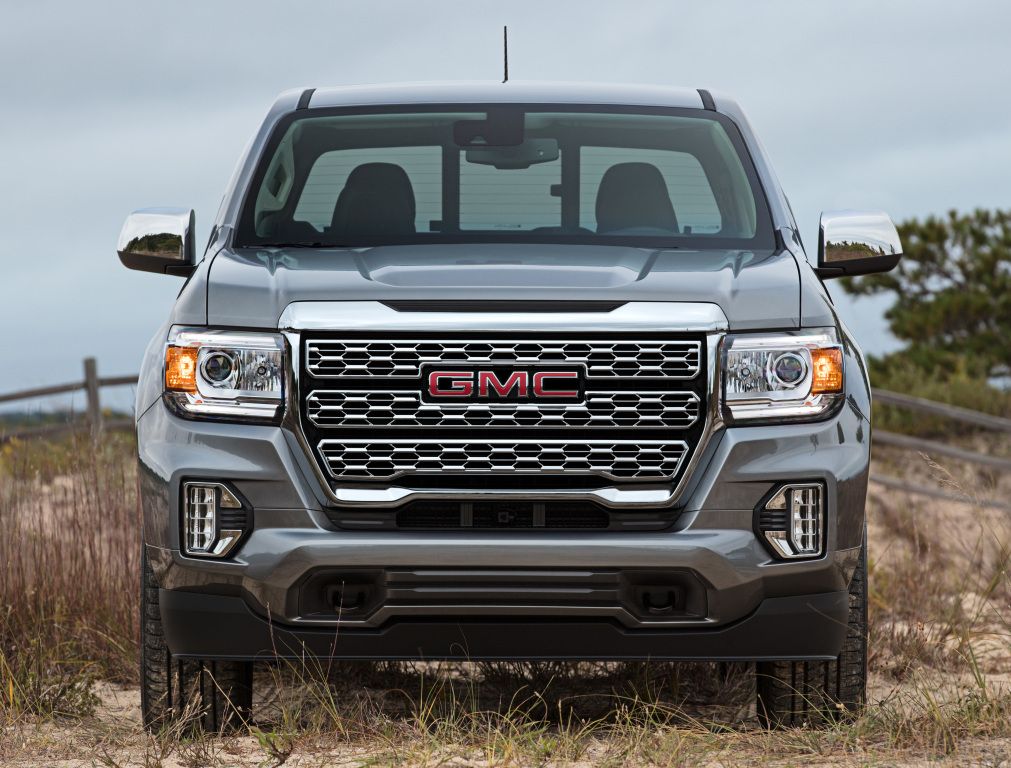
GMC Canyon Denali Pickup. 2nd generation, 2020 restyling
The GMC Canyon is a compact or mid-size pickup that has been produced by GMC (USA) from 2003 to the present (as of 2021). This is a joint development of GM plants in North America and Brazil with the participation of Isuzu. The Canyon is distinguished by a rather modest configuration, a relatively small number of modifications and upgrades. Although the Canyon is not produced outside America, it has fans in many countries around the world, including Israel.
The restyled version of the 2020 GMC Canyon Denali is a rear- or all-wheel K4-Class vehicle built on an off-road chassis. The premiere show of the vehicle took place on January 13, 2020 in Vail (Colorado, USA). The Denali was created in order to compete with the mighty American and Japanese brands in a very attractive market segment.
No longer average
The Canyon is designed as a mid-size pickup, but the market has the demand for larger vehicles, which is why the 2020 Denali has been transformed into a very large car, 5.7 m long. The width of the loading area between the arches is 1,128 mm, the total width of the platform is 1,428 mm.
It is also a powerful truck capable of towing 3,715 kg, which is 226 kg more than the close competitor Toyota Tacoma can offer. According to this indicator, the Denali is the segment leader. The pickup has a payload of 630 kg, about the same as that of the Denali’s other important competitor, the Honda Ridgeline.
The model is only available in the four-door Crew Cab (5,395 mm and 1,567 mm) and the longer four-door Crew Cab (5,705 mm and 1,880 mm) versions.
Despite the fact that the 2020 GMC Canyon Denali is the top-end version that can offer more comfort, the pickup still remains a pickup, a workhorse. Therefore, in addition to the roomy body, the cab has folding rear seats, which increase the volume of cargo space. The cabin provides plenty of storage space, including under the rear seats.
The Denali comes standard with a 3.6-liter naturally aspirated V6 engine with 308 hp. An alternative to petrol engines is the 2.8-liter Duramax turbocharged diesel engine with 181 hp. An eight-speed automatic transmission works with the most powerful engine, and a six-speed one with in-line engines.
All Terrain version
GMC has also introduced an all-terrain version, the Denali AT4, with additional equipment and options. Externally, the AT4 differs from other models by an enlarged black radiator grille and red towing eyes.
The all-wheel drive SUV is loaded with 31-inch wheels, low-range all-wheel drive and rear differential lock, more advanced suspension and electronic hill descent assist.
Design and options
The 2020/2021 GMC Canyon Denali design has not undergone significant changes, as it has not been outdated since 2017, however, there is a larger radiator grille, a new bumper and 20-inch wheels as standard.
But the body and interior of the pickup have undergone much greater changes. The body is completely chrome-plated, and the interior is made in chocolate color with decorative trims made of aluminum and natural wood.
The entry-level vehicle is equipped with a 7-inch display of the multimedia system recessed into the depth of the front panel, with support for Apple CarPlay and Android Auto. There is also an optional 8-inch version with navigation.
The Denali’s trim level also features metal underbody protection, an advanced exhaust system, heated and ventilated power seats for driver and front passenger, heated steering wheel, Wi-Fi hotspot, wireless charging, wide-angle rearview camera, rear parking sensors, emergency approach warning system and lane departure warning system. The new GMC infotainment system comes standard with an intuitive interface.
Safety
The 2020/2021 GMC Canyon Denali has received four out of five stars from the NHTSA and a ‘good’ rating from the IIHS. The cabin safety package includes dual front airbags and front and rear passenger side airbags.
The highway safety is ensured by rear-view cameras, lane departure warning system, forward collision warning and rear parking sensors.


